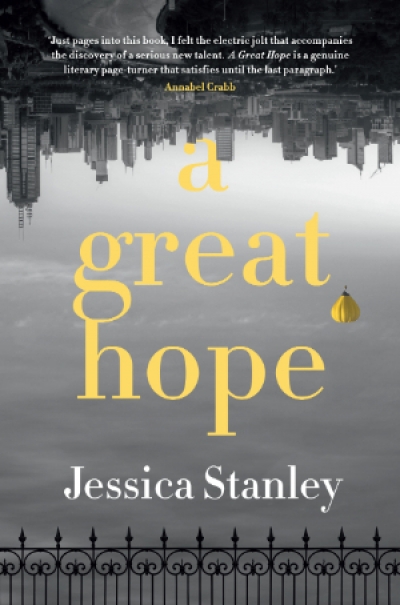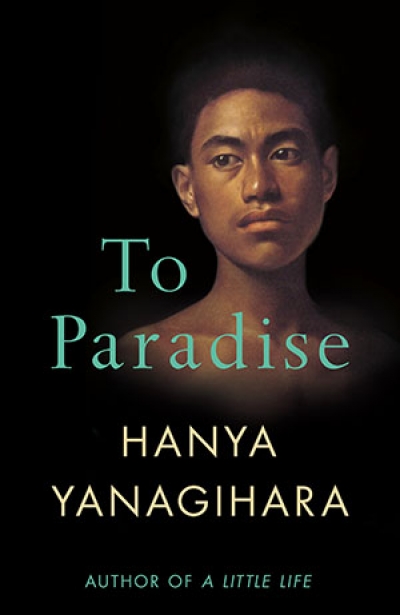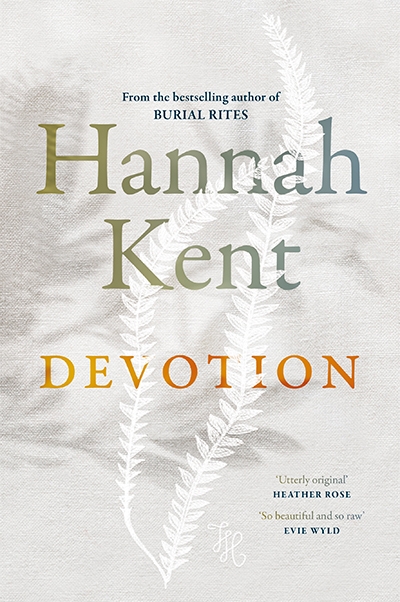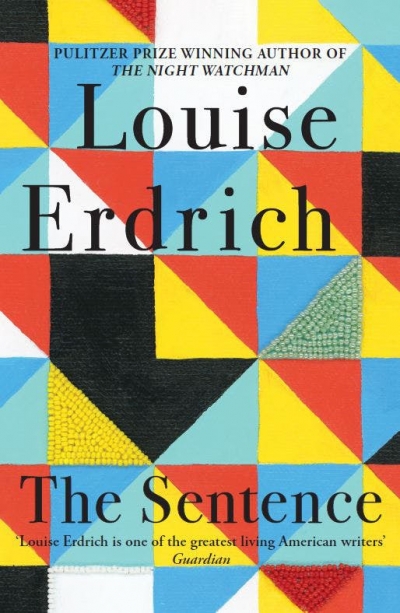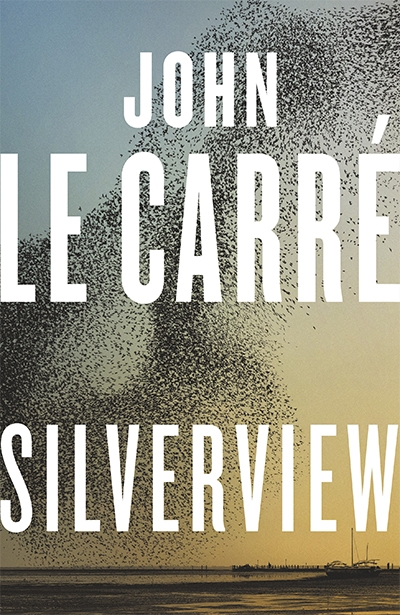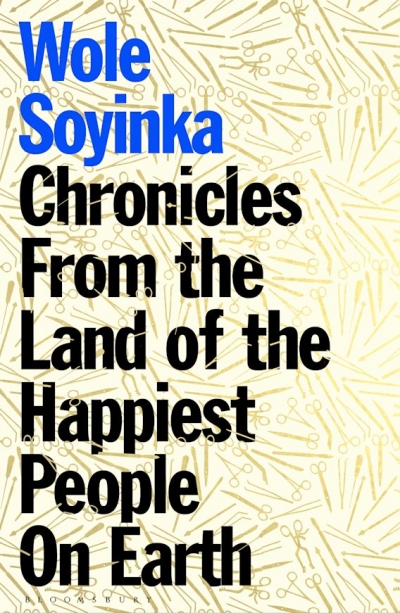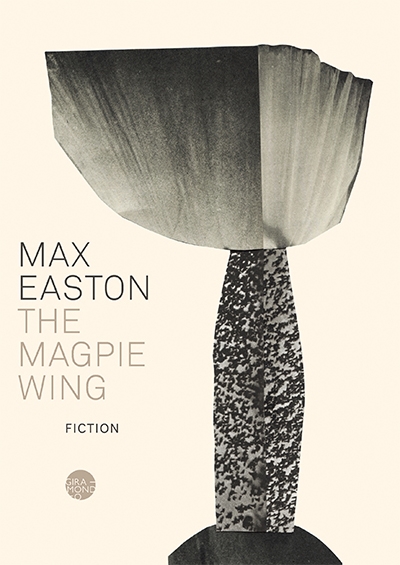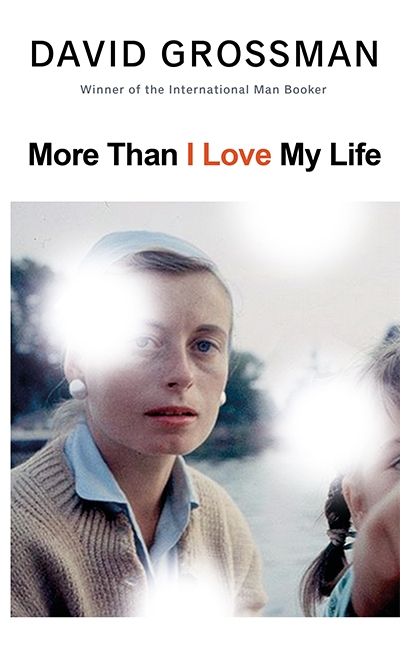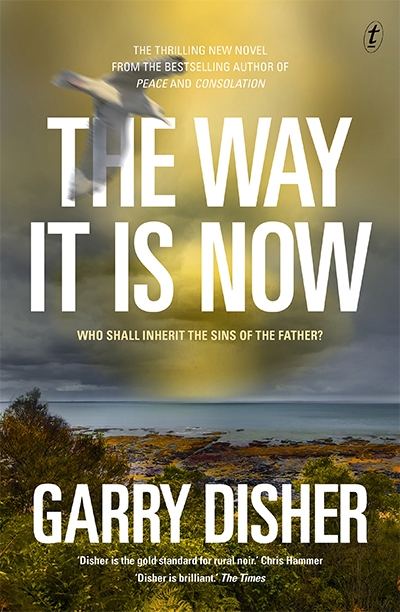Fiction
There are decades where nothing happens, and there are weeks where decades happen,’ Vladimir Lenin has been credited with saying, with reference to the Bolshevik Revolution. It’s a sentiment that immediately springs to mind when reading Jessica Stanley’s A Great Hope, a début that, while not billed as historical fiction, is deeply concerned with history and its making.
... (read more)In 2015, Hanya Yanagihara’s second novel A Little Life was published to a critical response so effusive as to seem almost hyperbolic. Jon Michaud of the New Yorker described the novel’s depiction of the Promethean repetitiveness of trauma as ‘elemental, irreducible’; Garth Greenwell declared in The Atlantic that ‘the great gay novel’ had finally been written. Even critics who viewed the novel less favourably acknowledged its extraordinary affective force. In one of the few unflattering reviews, Daniel Mendelsohn of The New York Review of Books savagely describes the novel as ‘little more than a machine designed to produce negative emotions for the reader to wallow in’.
... (read more)‘See, my hands, they reach for you. My heart is a hand reaching.’ So begins Hannah Kent’s wide-ranging and poetic new novel, signalling its key themes of love, longing, and the pain that arises from division. While hands reach out, desperately seeking each other, Devotion explores the possibilities and the limits of such clasping. This is a powerful narrative that grapples with what connects passionate bodies and hearts and what might keep them apart, be it physical distance, religious constraint, or the limits of the imagination. Through the motif of devotion – religious, emotional, sexual – Kent’s skilful novel considers the fundamental human experiences of attachment and desire as experienced by characters who carry the weighty impress of the past, with its complex tracery of love, geography, and suffering, into the unfolding possibilities of new worlds.
... (read more)Edith Wharton, famed purveyor of ghost stories, said that she needed her reader to meet her halfway among the primeval shadows; that to believe in the fetches, haunts, and other ‘spectral strap-hangers’ that filled her pages one must still be able to hear the distant echo of the hoarse music of the northern Urwald or the churning darks seas of the outermost shores. The spectral presence in Louise Edrich’s new novel, The Sentence, appears in the midst of a decidedly unghostly suburban Minneapolis, but so compelling a presence is the phantasm of Flora that the reader embraces her wholeheartedly, diving without question into those primeval shadows where wraiths lurk.
... (read more)Writing in The New York Times on 15 December 2020, three days after John le Carré’s death, Philippe Sands, genocide scholar and professor of law at University College London, recounted a 1962 encounter in Vienna between his friend (Sands knew Le Carré by his birth name, David Cornwell) and the famous Nazi hunter Simon Wiesenthal. Cornwell had asked Wiesenthal how he could continue to live in the city, given Vienna’s history of anti-Semitism. Wiesenthal replied: ‘If you are studying the disease you have to live in the swamp.’
... (read more)When Anne Shirley dreamed of finding a ‘bosom friend’ in Avonlea, she did more than conjure Diana Barry into existence. The heroine of Lucy Maud Montgomery’s Anne of Green Gables (1908) imprinted on us an almost impossible standard for what to expect from our earliest female friendships: a lifelong source of joy sustained by a mutual devotion to each other’s best interests. More often than not, however – as the popularity of Elena Ferrante’s Neapolitan novels attests – childhood friendships are as complicated as any other. And when they rupture, whether through accident, argument, or design, the aftershocks can last well into adulthood.
... (read more)Chronicles from the Land of the Happiest People on Earth by Wole Soyinka
In You Must Set Forth at Dawn (2006), Wole Soyinka’s final volume of memoirs, the writer cites a piece of Yoruba wisdom: ‘T’ágbà bá ńdé, à á yé ogun jà – as one approaches an elder’s status, one ceases to indulge in battles’. This was once the hope of a man who describes himself as a ‘closet glutton for tranquillity’. At one point, Soyinka even dared to think that he would assume the position of a serene elder at forty-nine: seven times seven, the sacred number of Ogun, his companion deity. But Ogun is wilful as protector and muse. The life the god carved for Soyinka took the image of his own restlessness. A poet, playwright, novelist, and Nobel Laureate, Soyinka remains an activist for democracy, his bona fides hard won as a political prisoner during the Nigerian Civil War (1967–70) and in exile during the dictatorship of General Sani Abacha (1993–98).
... (read more)In July 1999, ABC’s 7:30 Report ran a story on the Western Suburbs Magpies, an NRL club struggling financially and playing out its final season before a merger with the nearby Balmain Tigers. For that human touch, the story featured shots of a family decking out their children in the Magpies’ black and white, their relationship with the ninety-year-old club described as ‘something in the heart’. It was all very warm and fuzzy, at least until the camera cut away and a voiceover delivered a neoliberal sucker punch: ‘love does not necessarily deliver dollars’. Set in the same Western Sydney suburbs still mourning the loss of their team, Max Easton’s terrific début novel, The Magpie Wing, tracks a trio of Millennials as they similarly battle to retain their identities in a rapidly gentrifying world.
... (read more)More Than I Love My Life by David Grossman, translated by Jessica Cohen
Studying The Crucible in English class engendered fierce competition for the part of John Procter, drawn as we schoolgirls were to his irradiating idealism and dogged pursuit of truth, and besotted by his nobility. The play’s force remains even as the passage of time has worked upon subsequent rereadings. When resisting false allegations of witchcraft, Proctor’s plea is harrowing: ‘Because I am not worth the dust on the feet of them that hang! How may I live without my name? I have given you my soul; leave me my name!’
... (read more)A year before his death in 2015 following a cancer diagnosis, the writer–playwright Henning Mankell responded to a question about his love of the crime genre. He stated that his objective was ‘to use the mirror of crime to look at contradictions in society’. Mankell’s mirror was evident in his Kurt Wallander series (1991–2009), in which the detective was faced with contradictions not only in the landscape of crime and murder but also in his own domestic life. Great crime fiction does not need to focus a lens on the overlapping worlds of the private and the public. But well written, the genre’s interconnected spheres address the moral complexities that drove Mankell’s passion for crime fiction.
... (read more)

